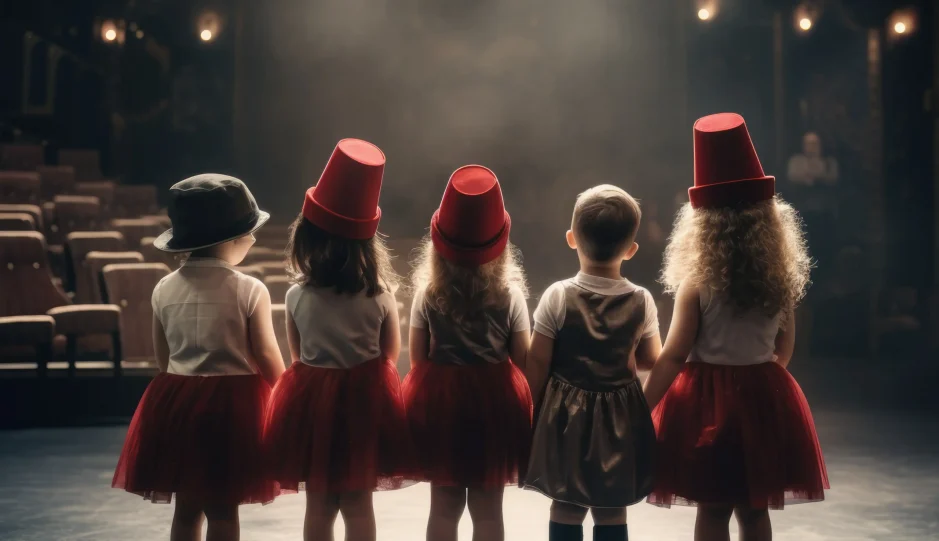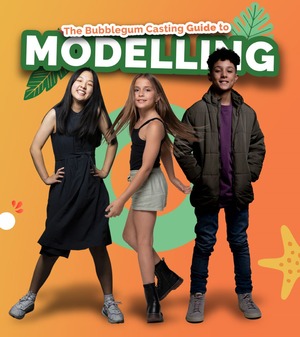The Hidden Language of Acting: Unravelling the Magic of Subtext
Diving into an exciting aspect of acting that sprinkles magic onto every performance—be it on stage, in front of a camera, or while storytelling with friends—is truly exhilarating! Let’s explore the wonderful world of subtext in acting, a subtle language that isn’t shouted but conveyed through hints in dialogue and action. Mastering subtext enables actors to convey deeper meanings and emotions, enhancing the authenticity and engagement of their performances. Understanding and effectively using subtext can elevate your acting skills, adding layers of depth and complexity to your characters.
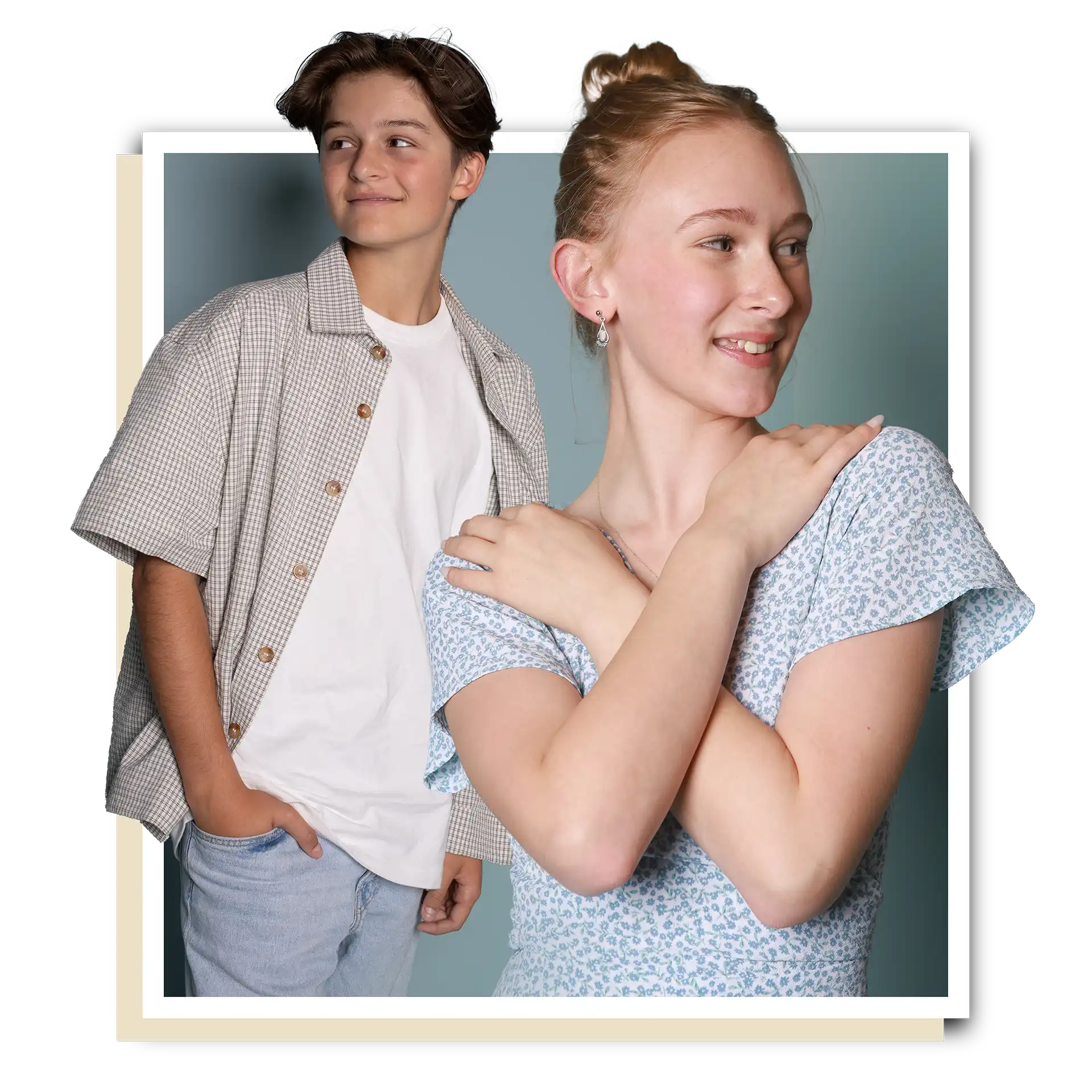
What is Subtext?
Imagine you’re sharing a secret or giving someone a look that says more than words could. It’s not just about the words you say but also about the hidden messages you’re sending without spelling them out. Subtext is all about those sneaky thoughts and meanings hiding behind the spoken words.
Think about when you chat with your mates; do you always say exactly what you mean? Probably not, right? That’s where subtext comes in—it’s the art of saying one thing but meaning something totally different, and it’s super important for any actor to know.
Subtext in Acting: The Juicy Details
Actors love subtext because it makes their performances richer and more exciting. It’s like knowing a secret that the audience has to figure out, which keeps everyone on the edge of their seats. Subtext isn’t just in the words that are spoken; it’s often found in a pause, a look, or even a sigh.
Imagine you’re playing a scene where your character has to say goodbye to a friend they really wish could stay. The script might just say, “Have a safe trip,” but the way you say it could show that your character is actually really sad to see them go—that’s subtext doing its magic!
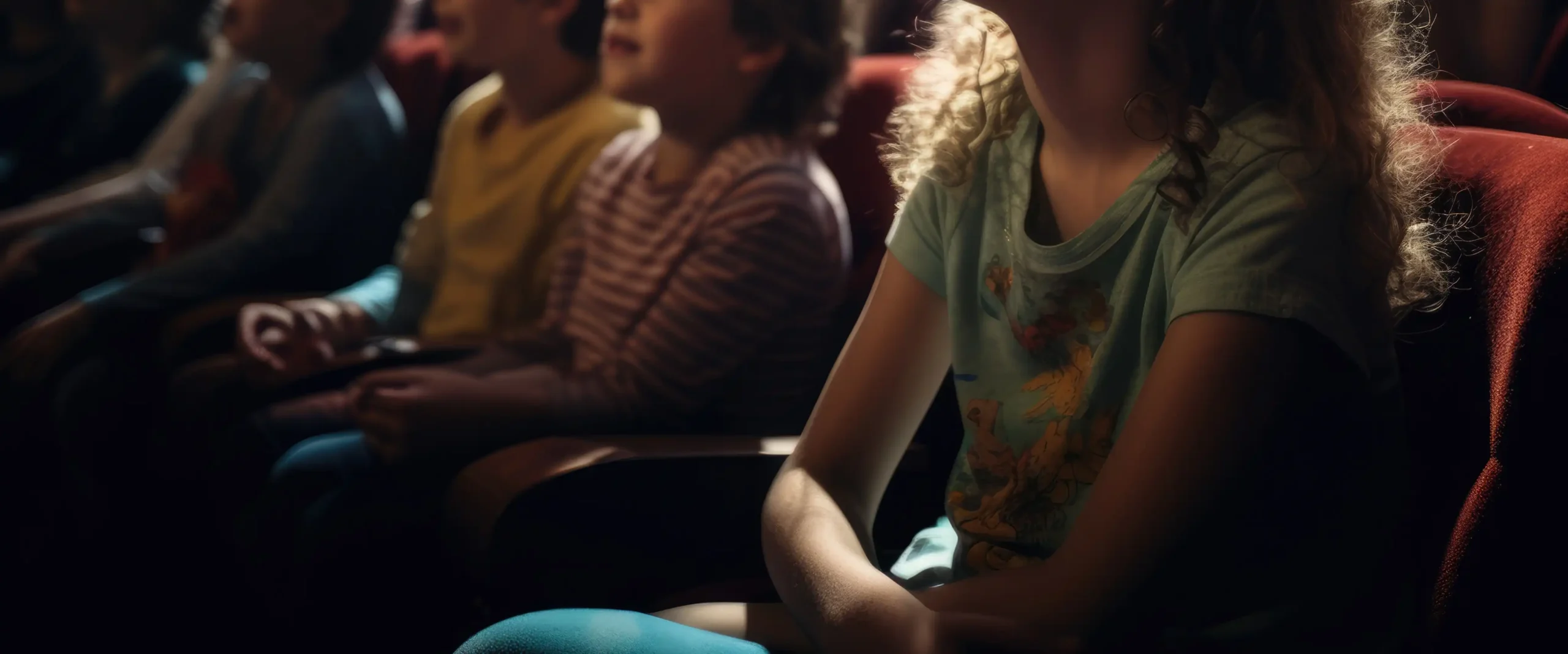
Finding the Hidden Treasure: Identifying Subtext
Spotting subtext can be like being a detective. Think of your script like a treasure map, hunting for clues about what your character is really thinking and feeling. What do they want? What are they scared of? Getting to know these things can help you find the subtext in your lines.
For example, imagine a scene where your character says, “Enjoy your meal,” to someone they don’t actually like very much. How you say it could quietly show your character’s true feelings, even though the words are polite.
Creating Subtext: A Bit of Actor Magic
As an actor, you don’t make up subtext—it’s already hidden in the script, waiting for you to discover it. But, you can decide how to show it to bring your character to life. Think about what your character wants to achieve in each scene and use that to guide how you act.
It’s important to stick with the subtext the scriptwriter included and not throw in your own twists that don’t fit with the story. Stay true to the script, and you’ll be navigating the world of subtext like a pro.
Techniques for Conveying Subtext
1. Intonation and Pace: How you say something can really change its meaning. A line said slowly with a sarcastic tone might show disbelief, while the same line said quickly and cheerfully could seem sincere.
2. Physicality and Gesture: What you don’t say can be as powerful as what you do say. A pause before answering, not looking someone in the eye, or fidgeting can all hint at nervousness, dishonesty, or inner conflict.
3. Contextual Analysis: Always think about the bigger picture of the scene. What has happened before this moment that might affect what your character really means? This background can give you clues about the subtext.
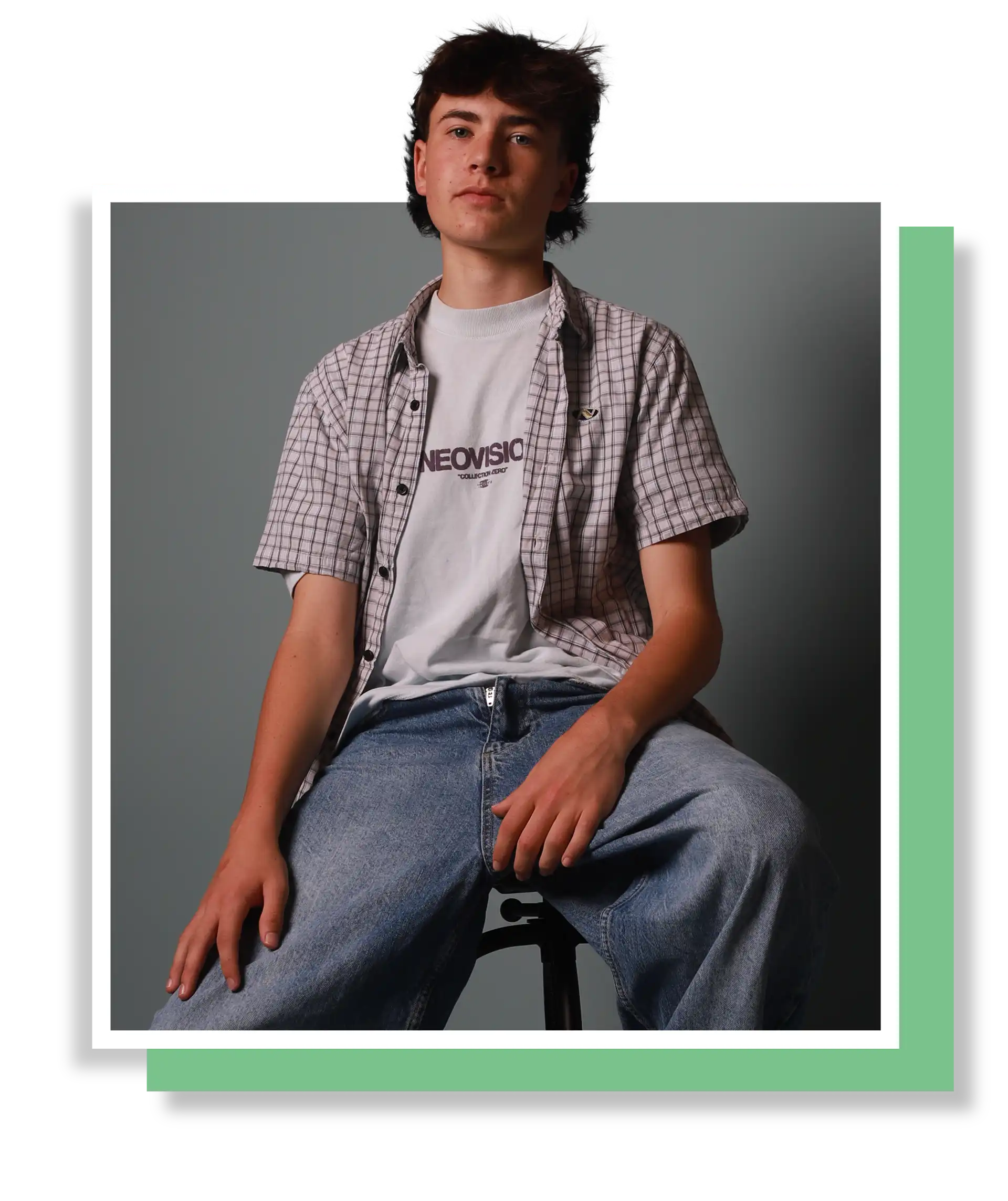
Subtext and Shakespeare: Old but Gold!
Even the plays of Shakespeare, written hundreds of years ago, are full of subtext. His characters often say one thing but suggest much more, sometimes with a sly double meaning or a clever joke. It’s like Shakespeare put secret messages in his plays for actors to find and audiences to enjoy.
Subtext on Screen: The Camera Never Lies
When acting for the camera, mastering subtext is super important. The camera catches every little expression, every quick glance. Even a tiny change in how you say something can show a whole world of subtext, making it crucial for film actors to really understand and show the hidden thoughts and feelings of their characters.
Wrapping Up: Why Subtext is Super Cool
Playing with subtext not only makes acting more fun but also more intriguing. It’s like being in a strategic game where you know the secrets and get to decide how your character uses them. It keeps your performance exciting and makes sure the audience is always wondering what will happen next.
Next time you watch a movie or a play, try to spot the subtext. And when you’re acting, enjoy the chance to dive in and play with subtext. It’s an amazing tool that can boost your acting skills and make you a star performer. So, go ahead, break a leg, and let the magic of subtext make your next role spectacular!
